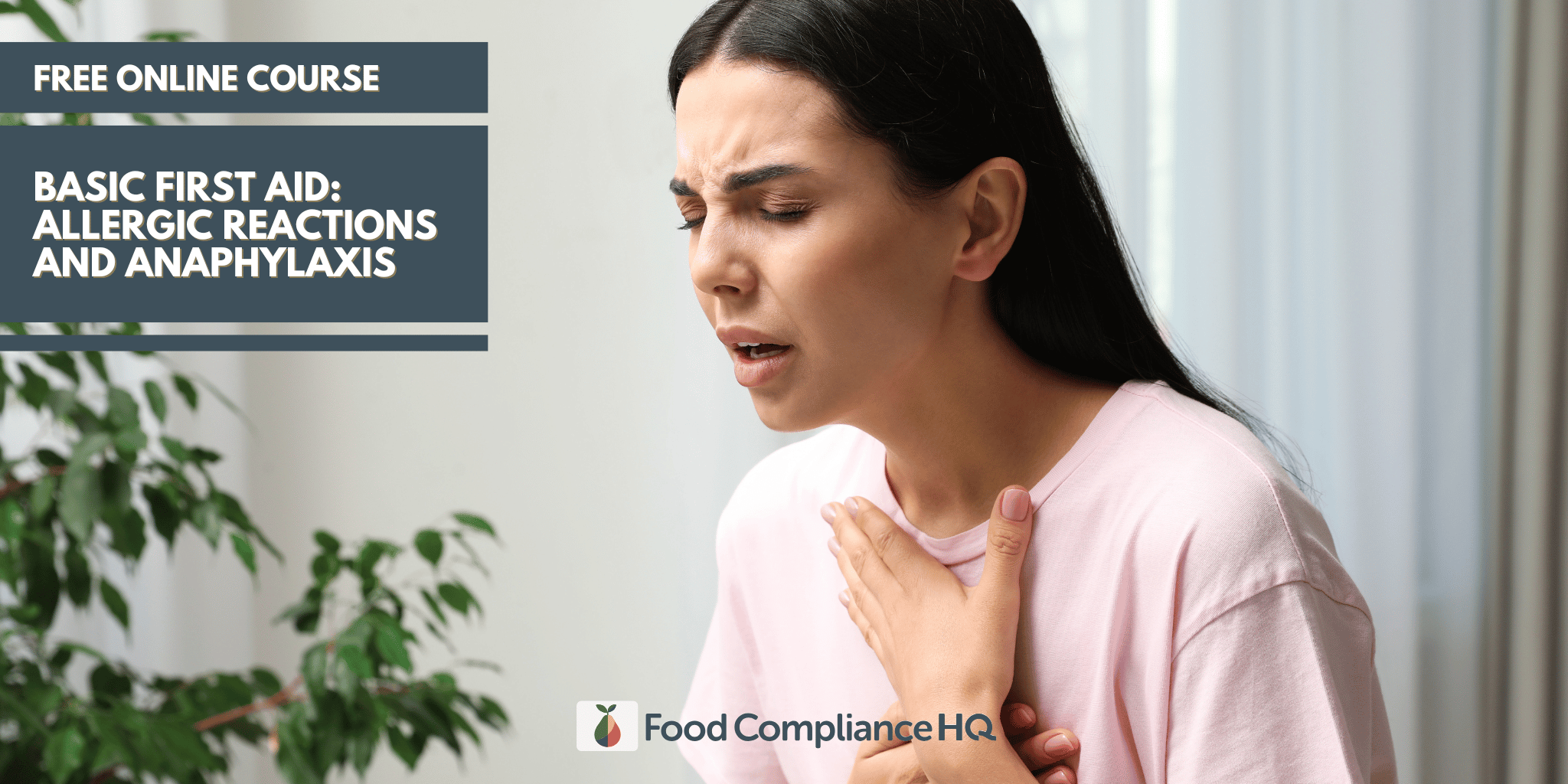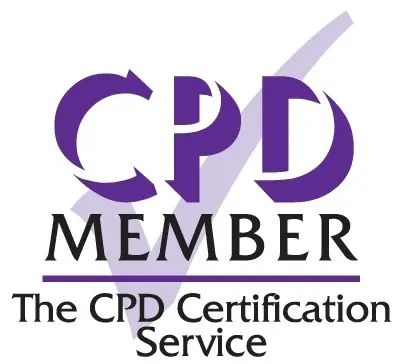Anaphylaxis is a severe, life-threatening allergic reaction that requires immediate action. Understanding real-life cases of anaphylaxis highlights the importance of allergy awareness, emergency preparedness, and food safety in everyday life.
Below are two powerful stories that demonstrate the unpredictability of anaphylaxis and why being informed can save lives.
The Tragic Case of Natasha Ednan-Laperouse
In 2016, 15-year-old Natasha Ednan-Laperouse suffered a fatal anaphylactic reaction after eating a baguette from Pret a Manger that contained sesame seeds—an allergen not listed on the packaging. Despite using her prescribed EpiPen, Natasha tragically passed away due to the severity of her reaction.
This devastating incident led to the introduction of Natasha’s Law, which came into effect in 2021. The law requires all pre-packed for direct sale (PPDS) food in the UK to have a full ingredients list, including allergen information, ensuring greater transparency for consumers with allergies.
Read more about Natasha’s story and the impact of Natasha’s Law:
The Times - Our Daughter Died From Allergies – We Want to Stop Others Suffering
Anaphylaxis Triggered by a Kiss
18-year-old Phoebe Campbell-Harris suffered a severe allergic reaction after kissing a man in a nightclub who had likely eaten nuts earlier in the evening. Within moments, her throat started to swell, her skin was covered in hives, and she struggled to breathe. She was rushed to the hospital for emergency treatment.
This case highlights the unpredictable nature of allergen exposure and the importance of always carrying emergency medication if you have a severe allergy.
Read Phoebe’s full story:
The Times - A teenage kiss in a Paris nightclub nearly killed me
How to Recognise and Respond to Anaphylaxis
Knowing the signs of anaphylaxis and how to respond can make the difference between life and death. Symptoms often develop rapidly and can include:
- Swelling of the lips, face, or throat
- Difficulty breathing or wheezing
- Rapid or weak pulse
- Severe itching or hives
- Dizziness or loss of consciousness
Immediate actions to take:
- Administer an adrenaline auto-injector (EpiPen) immediately
- Call 999 and state "anaphylaxis"
- Lie the person flat and elevate their legs (unless breathing is difficult)
- Administer a second adrenaline injection if symptoms don’t improve within five minutes

Want to Learn More?
Our free Basic First Aid: Allergic Reactions and Anaphylaxis course provides essential knowledge for food service professionals, helping you understand how to prevent, recognise, and respond to anaphylaxis in a food service setting.
- 1-hour CPD-certified training
- Certificate upon completion
- Essential guidance on managing allergen risks




